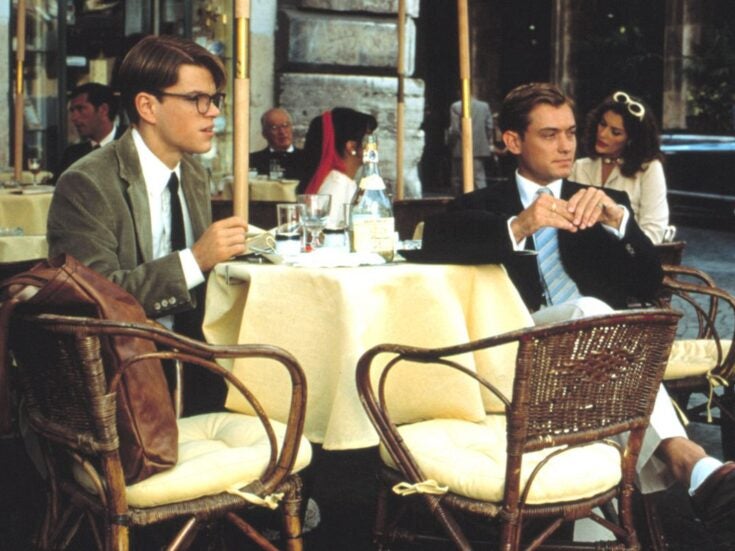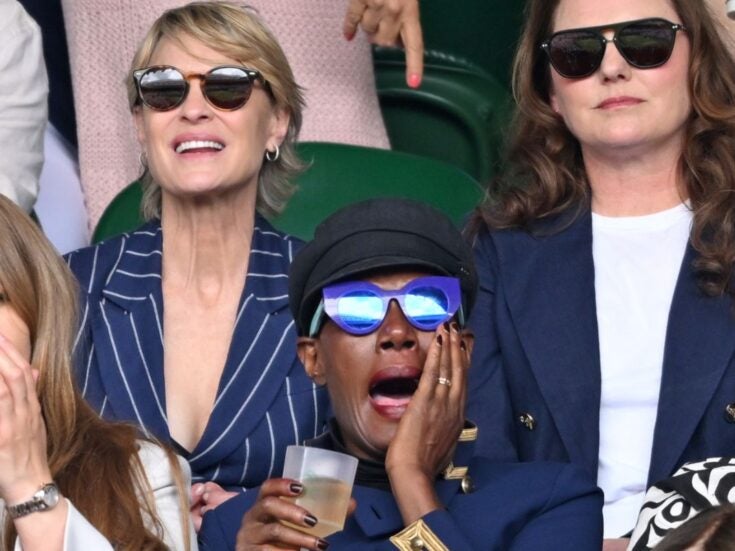
What did the women who poured out of the New York City subways in the 1960s, the secretaries and teletypists and data-entry clerks, encounter as they emerged on to Wall Street, the air scented with the smell of the sea and the nearby coffee roasters?
[See also: Confidant’s trick: What happens when a trusted UHNW adviser goes rogue?]
The New York Stock Exchange was still then teeming with traders, clerks and runners, the clamour punctuated by the metallic flap of a badge number on the call board, paper flying in all directions, swept up into enormous piles weighing up to three tons and carted off at night long after the closing bell. The big hitter firms – JP Morgan, Goldman Sachs, Lehman Brothers, Merrill Lynch, Bear Stearns and others – had their place but, in those days, Wall Street was equally influenced by countless small partner-owned brokerage firms. These were the doors through which the early women walked, to begin their ascent on the ladder.
Women were cheap labour; they could learn on the job and multitask. Beth Dater, a former flight attendant on the ‘Vomit Comet’ (a non-pressurised DC-4 party-plane that ran from New York to San Juan in Puerto Rico), landed, so to say, at Lehman Brothers. She soon realised that many of the secretaries, though not registered to trade, were in fact ‘trading big accounts’ and being paid a pittance. They were doing much of the work while the men, the licensed brokers, ‘were running around making millions’ and barely lifting a finger. The shoe dropped: Dater in that moment understood that ‘it could not be that difficult to be doing this’. And so she went for it.
[See also: Introducing Spear’s Magazine: Issue 93]
The most important thing that Dater and the other early women of Wall Street had going for them was not their credentials but, to use a quintessential American term, their ‘chutzpah’. Muriel ‘Mickie’ Siebert, the first woman to buy a seat on the New York Stock Exchange, arrived in the city in 1954 as a college drop-out driving a broken-down Studebaker with $500 to her name. She rose quickly through the ranks of Wall Street’s research analysts, an enclave welcoming to women because, as one noted, ‘I was with the geeks – they were a different breed who worked in wrinkled shirts’.
Siebert had gone as far as she could go at the small brokerage firms – but the big firms were still refusing to hire women beyond the secretarial pool. That was when she knew she’d had enough.
On the advice of her friend Gerald Tsai, one of the Sixties ‘gunslingers’ (young money managers with a new, aggressive approach to trading), she turned to the New York Stock Exchange and asked to buy a seat. It had never been done before, but there was no provision against women in its constitution (the founders in 1792 clearly hadn’t had the foresight).
[See also: Flight risk: Britain’s super-rich are on the run]
She would need two sponsors, however. Nine men turned her down before she finally found two who would support her. (One of them later said he was asked by the NYSE board of governors about Siebert’s personal life – something never under consideration when men were being vetted for a seat.)

On 28 December 1967, Siebert officially became a member of the New York Stock Exchange, the first ever woman. She was handed a white metal badge with the number 2646 embossed in red, which cost her the equivalent of $4 million today. She called it the most expensive jewellery she’d ever bought. The badge, like the NYSE, was made for men, with a clip for attaching it to the breast pocket of a man’s suit. Siebert took it to a jeweller to see if they could refashion it, but when they asked for $11.50 for the adjustment, Siebert – relentlessly middle-class – opted for a safety pin instead.
She launched her firm, Muriel Siebert & Co Inc, in 1968, intending to advertise with a flyer describing herself as the ‘First Lady of the New York Stock Exchange’. When she submitted the advertisement to the NYSE for pre-approval, the chairman demanded a rewrite. He insisted that, by definition, it was his wife who was First Lady.
First Lady or not, Mickie Siebert had made a splash. One newspaper headline barked: ‘Now the Girls Want to Play, Too.’ The New York Times in turn assured readers that Siebert was ‘bubbly and ebullient’, ‘five feet four inches’, smoked ‘one pack a day of True cigarettes without inhaling’, and ‘lives in an apartment on Manhattan’s Upper East Side, talks with a slight Midwestern twang, likes to play bridge and golf, and is thinking about taking cooking lessons’. In other words, she was still a gal, harmless. Never mind that a decade later, as the New York superintendent of banks, she would delight in overseeing the very banks that had turned her down for the loan she wanted to buy her NYSE seat. She didn’t need them anyway.
She Wolves: The Untold History of Women on Wall Street by Paulina Bren is published by John Murray Press (£20)






